Although King Charles will have a low-key ceremony on his coronation day this May 6, the Crown Jewels will still figure prominently. An exploration of the story of the jewels tells a tale of brutal exploitation, rape and the original looting. Join us on Don’t Call Me Resilient to follow the jewels.
Much of what was called the British Empire was built from stolen riches — globally — and much of that was from India.
In fact, India was such an abundant contributor to the Crown that at the time of its occupation of South Asia, Britain called India the Jewel in its Crown.
India was called this because of its location — easy access to the silk route, but mostly because of its vast human and natural resources: things like cotton, and tea and of course its abundance of jewels.
Literally, the brightest jewel in Britain’s Crown is the Koh-i-Noor diamond.
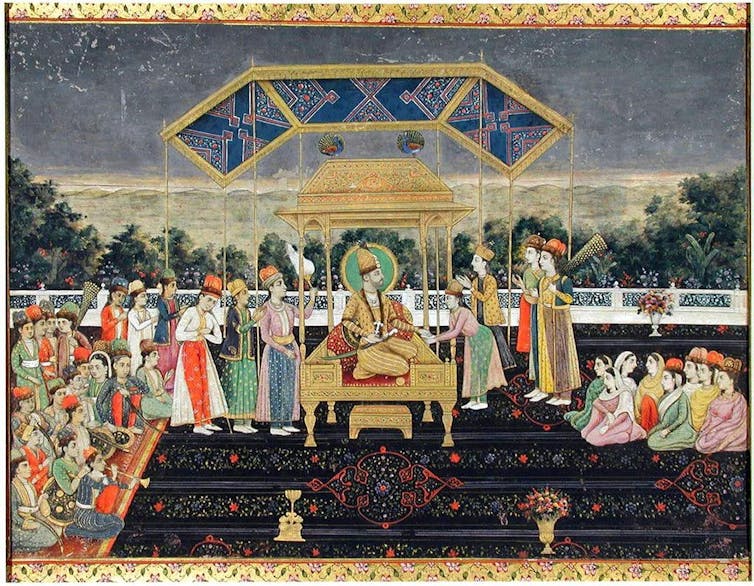
It is considered one of the world’s largest and most valued diamonds and it usually sits on top of the Crown of Queen Mary.
It has a controversial history — namely that it was “surrendered” to the British by an Indian 10-year-old boy, Duleep Singh, whose mother had been imprisoned and whose father had recently died. It’s likely for that reason, that it won’t be on display at the coronation. But plenty of other jewels will be part of the ceremony.
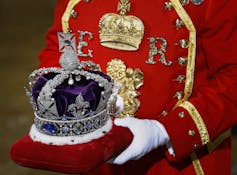
There is the five-pound gold St. Edward’s Crown that Charles will be officially crowned with, the Sovereign’s Sceptre, which has the Great Star of Africa diamond in it and the Imperial State Crown, which is set with almost 3,000 diamonds - including another Star of Africa.
Joining me to explore the history and meaning behind these jewels is Annie St. John-Stark, assistant professor of British history at Thompson Rivers University. Also here today is: Sharanjit Kaur Sandhra, instructor of history at both the University of the Fraser Valley and the University of British Columbia. Her newly minted PhD looks at how museums can grow to include voices previously left off the “official record.”
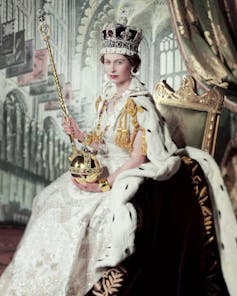
Although many will be out partying next weekend, the pomp of the coronation - along with its display of the Crown Jewels - does not reflect current day British attitudes. Only 32 per cent believe the Empire is something to be proud of — that is down almost 25 per cent from 2014. That means, attitudes are changing quickly.
Will the Royal Family catch up?
It’s not just the jewels, it’s the pomp of everything that is attached to the ceremony is such a contradiction now to the things we are talking about globally in our world in terms of privilege, colonialism and class structures. - Sharanjit Kaur Sandhra
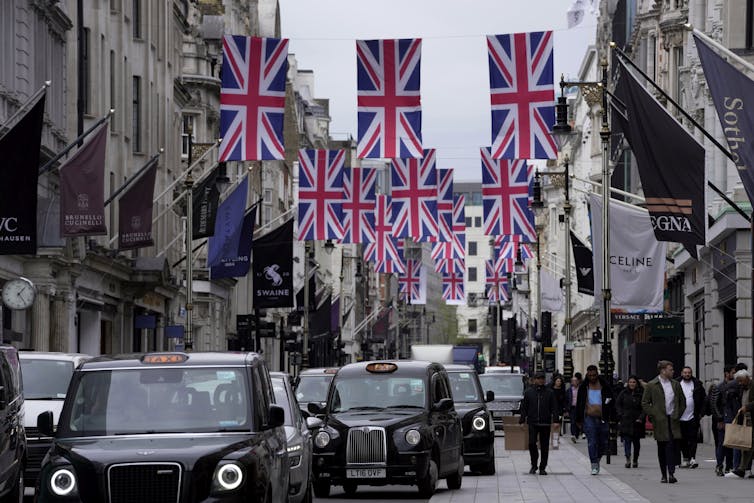
Resources
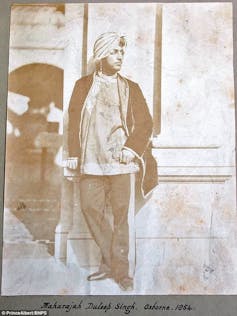
Koh-i-Noor: The History of the World’s Most Infamous Diamond by Anita Anand, William Dalrymple
Koh-i-Noor: Empire, Diamonds, and the Performance of British Material Culture by Danielle C. Kinsey
What Crown will King Charles Wear? (Cosmopolitan)
Indian Archive Reveals Extent of Colonial Loot in Royal Jewellery Collection (The Guardian)
Expressing Indian Spirituality in Jeweled Form (New York Times)
How Britain Stole 45 Trillion from India (Al Jazeera)
The East India Company: The original corporate raiders (The Guardian)
Germany Returns Benin Bronzes (NPR)
The New Age of Empire: How Racism and Colonialms Still Rule the World by Kehinde Andrews
Read more in The Conversation
Listen and Follow
You can listen to or follow Don’t Call Me Resilient on Apple Podcasts, Google Podcasts, Spotify or wherever you listen to your favourite podcasts. This email address is being protected from spambots. You need JavaScript enabled to view it., including any ideas for future episodes. Join The Conversation on Twitter, Facebook, Instagram and TikTok and use #DontCallMeResilient.![]()
Ollie Nicholas, Assistant Producer/Journalism Student, Don't Call Me Resilient, The Conversation and Vinita Srivastava, Host + Producer, Don't Call Me Resilient | Senior Editor, Culture + Society, The Conversation
This article is republished from The Conversation under a Creative Commons license. Read the original article.


